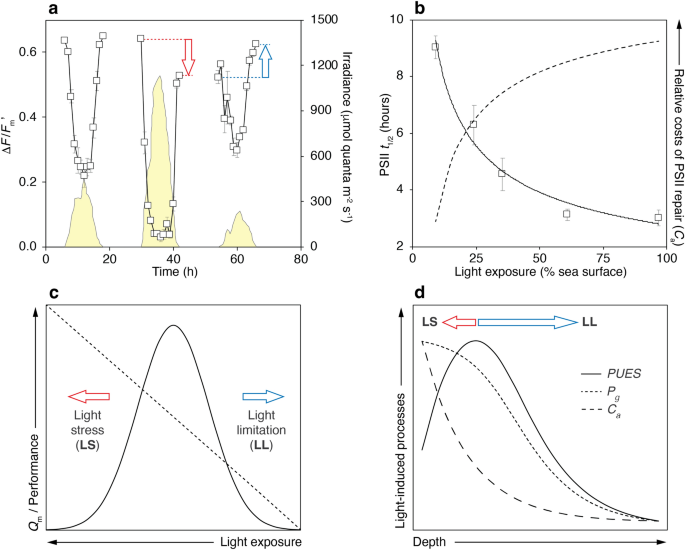下痢に関連する病気や死亡に関連する異常気象 Extreme weather events associated with diarrhea-related illness, death
2023-01-10 カリフォルニア大学サンディエゴ校(UCSD)
このような影響は予防可能であり、研究チームは、直面する異常気象の種類に応じて、このような病気に対する子どもの脆弱性を軽減することができる介入策の種類も特定しました。
カリフォルニア大学サンディエゴ校スクリップス海洋学研究所の博士研究員である研究代表者のアンナ・ディミトロヴァは、「異常気象は、人々の健康、特に貧しい環境に住み、医療を受ける資源がない人々に大きなリスクをもたらします」と述べています。「気候変動の影響に対する回復力を高める、費用対効果の高い解決策を見つけることが緊急に必要です」。
この研究は、2016年に主に発展途上国で45万人の子供の死亡につながった苦悩を扱っています。気候変動の結果として、干ばつや異常降水現象がより一般的になってきています。どちらもリスクをはらんでいます。干ばつは栄養失調を引き起こし、人々は汚染された水源から飲み水を求めざるを得なくなります。豪雨は、病原菌が飲料水や地下水に入り込み、消化器系感染症に関連する細菌種にさらされる機会を増やします。
スクリプス海洋学のアンナ・ディミトロヴァ、アレクサンダー・ゲルシュノフ、タリク・ベンマルニアの研究者、およびスクリプス海洋学とカリフォルニア大学サンディエゴ校のグローバル政策・戦略学部を兼任するモーガン・レヴィは、この研究成果を2023年1月9日の米国科学アカデミー紀要で報告しています。
<関連情報>
- https://today.ucsd.edu/story/climate-change-exacerbating-gastrointestinal-problems-in-children
- https://www.pnas.org/doi/10.1073/pnas.2119409120
気候の影響を受けやすい下痢性感染症の子どもへの負担を増加させる社会的・環境的要因の解明 Uncovering social and environmental factors that increase the burden of climate-sensitive diarrheal infections on children
Anna Dimitrova,Alexander Gershunov,Morgan C. Levy,Tarik Benmarhnia
Proceedings of the National Academy of Sciences Published:January 9, 2023
DOI:https://doi.org/10.1073/pnas.2119409120

Significance
We use geolocated survey data from 51 low- to middle-income countries to show that precipitation shocks are related to symptoms of diarrheal disease in children under 3 y of age. We show that the direction of the association is determined by background climate features—in the topical savanna regions, anomalous dryness is associated with increased risk of diarrhea, while in the humid subtropical regions the same health risk is associated with heavy precipitation events. We additionally explore how various social factors exacerbate or attenuate these health risks in the two climate zones. We present evidence that different health interventions may be effective, depending on local climate conditions and the type and duration of the precipitation shock.
Abstract
Climate-sensitive infectious diseases are an issue of growing concern due to global warming and the related increase in the incidence of extreme weather and climate events. Diarrhea, which is strongly associated with climatic factors, remains among the leading causes of child death globally, disproportionately affecting populations in low- and middle-income countries (LMICs). We use survey data for 51 LMICs between 2000 and 2019 in combination with gridded climate data to estimate the association between precipitation shocks and reported symptoms of diarrheal illness in young children. We account for differences in exposure risk by climate type and explore the modifying role of various social factors. We find that droughts are positively associated with diarrhea in the tropical savanna regions, particularly during the dry season and dry-to-wet and wet-to-dry transition seasons. In the humid subtropical regions, we find that heavy precipitation events are associated with increased risk of diarrhea during the dry season and the transition from dry-to-wet season. Our analysis of effect modifiers highlights certain social vulnerabilities that exacerbate these associations in the two climate zones and present opportunities for public health intervention. For example, we show that stool disposal practices, child feeding practices, and immunizing against the rotavirus modify the association between drought and diarrhea in the tropical savanna regions. In the humid subtropical regions, household’s source of water and water disinfection practices modify the association between heavy precipitation and diarrhea. The evidence of effect modification varies depending on the type and duration of the precipitation shock.


